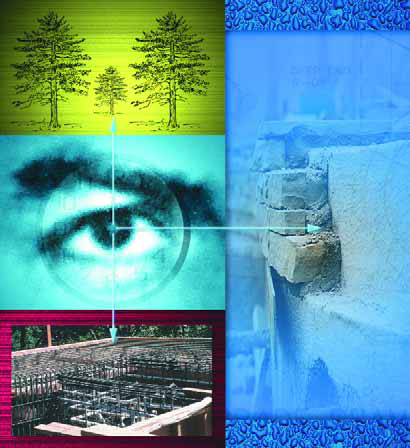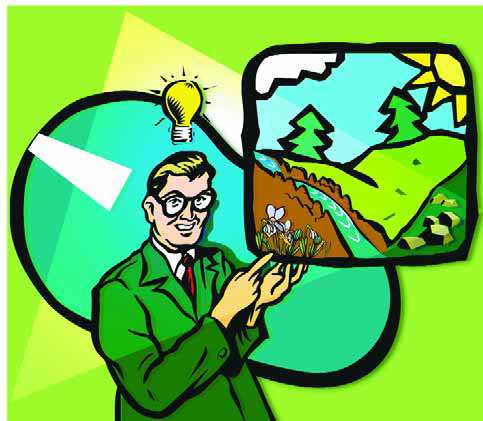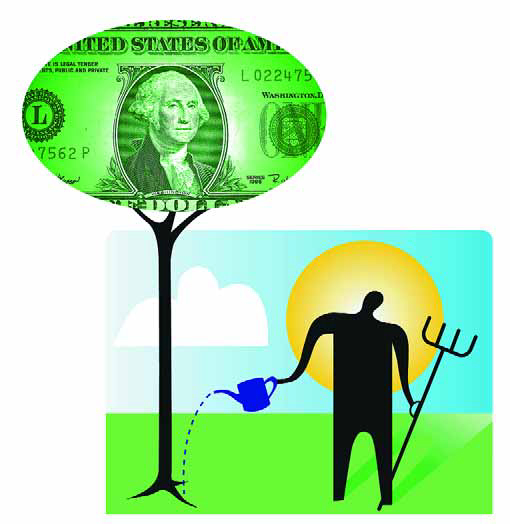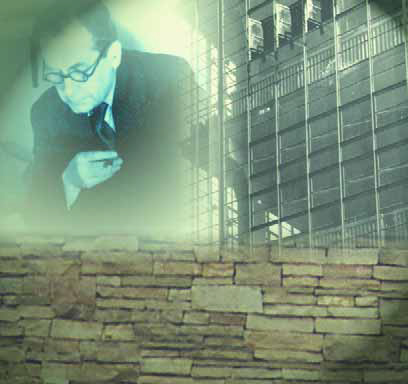ARTICLES
Advance Search
Aquatic Health
Aquatic Health, Fitness & Safety
Around the Internet
Aquatic Culture
Aquatic Technology
Artful Endeavors
Celebrity Corner
Life Aquatic
Must-See Watershapes
People with Cameras
Watershapes in the Headlines
Book & Media Reviews
Commentaries, Interviews & Profiles
Fountains
Join the Dialogue
Landscape, Plants, Hardscape & Decks
Lighter Side
Ripples
Test Your Knowledge
The Aquatic Quiz
Other Waterfeatures (from birdbaths to lakes)
Outdoor Living, Fire Features, Amenities & Lighting
Ponds, Streams & Waterfalls
Pools & Spas
Professional Watershaping
Structures (Editor's Notes)
Travelogues & History
WaterShapes TV
WaterShapes World Blog
Web Links
Around the Internet
Aquatic Culture
Aquatic Technology
Artful Endeavors
Celebrity Corner
Life Aquatic
Must-See Watershapes
People with Cameras
Watershapes in the Headlines
In the past few issues of WaterShapes, I've used this column to share some very specific construction techniques with you - each one a special detail that I've used to add value and interest to my work. Before I did the first in the series, however, I probably should have laid down an important ground rule: Everything that you've seen in this column - and in the other articles and columns I've written and will write in the future - requires both constant and competent on-site supervision. It's a fact of life: The best design feature in the world isn't worth anything if it isn't executed properly. And no matter how good your in-house staff or subcontractors are, they need
This past January, I had the pleasure of traveling to Tucson, Ariz., to attend the annual conference of the Association of Professional Landscape Designers. The focus of this year's conference was the use of water in landscape design, and the program appropriately featured an interesting mix of experts on swimming pools, fountains and water gardening. To be honest, I didn't know what to expect when I signed on. I'd only been to one landscape event before, and much of that trade and the people in it have been mostly unfamiliar to me. As it turned out, however, this conference was
It's amazing what can happen when you begin to look at the world through open eyes and with an open heart. More often than not, things that were once taken for granted or that
Of all the sports, there's none that relies more on the art of landscaping than golf. The contours of the land, the style, size and placement of plantings, the use of elaborate stonework and the installation of substantial bodies of water often define not only the competitive challenge of the game but the ambiance and character of the entire golfing experience. This is especially true of championship golf courses, where designers seek ways to stretch the envelope in terms of the way the game is played and in the physical beauty of the courses themselves. In their search for true distinction, many have turned to the use of
I love the versatility of fiberoptic lighting: The technology works equally well in conjunction with landscaping or architectural features, and because there's no electrical current to worry about at the light fixtures themselves, they're a natural around water. Better yet, you can use fiberoptics to create traditional point-light sources, or you can set them up as mellow bands of light over long stretches. I don't use fiberoptics on every job, but when the situation is right and the customer is willing, I'm eager to dig in and design a system that will wow them for years to come. As is true with any lighting system, the main reason to use fiberoptics is
At our firm, we treat every project and every customer as if they're one of a kind - which in truth they are. And we've been lucky in developing a high-end clientele that, on the whole, is looking for something special: They enable us to treat each project as an individual work of art; at the same time, they challenge us to stretch our own abilities and increase the variety of design solutions we bring to the drafting table. In many cases, this requires something of balancing act between what clients think they're after and the practicalities of the site itself, the architecture of adjoining structures and the views of surrounding areas. For that reason, each of our
When I meet with clients for the first time, we talk a lot about what style, design, color and other elements appeal to them. We also talk about whether they want a low-maintenance garden, or whether they want to put a lot of work into their own high-maintenance yard. Consistently, however, I find that people do not even remotely understand what I mean by "maintenance." I hear things like, "I don't need a sprinkler clock," or, more truthfully, "I don't want to spend the money on a sprinkler clock" - and I immediately
For me, the simplicity and elegance of the International Style was just about the best thing going in 20th-century design. The followers of Walter Gropius in the Bauhaus movement held this simplicity - expressed as a cleanness of line, a uniformity of materials and the establishment of clear relationships among architectural planes - in absolutely the highest regard. I always try to integrate these design principles into my own work - and one of the ways I do so is through the ledger detail we'll examine this time around. It's an expensive






















